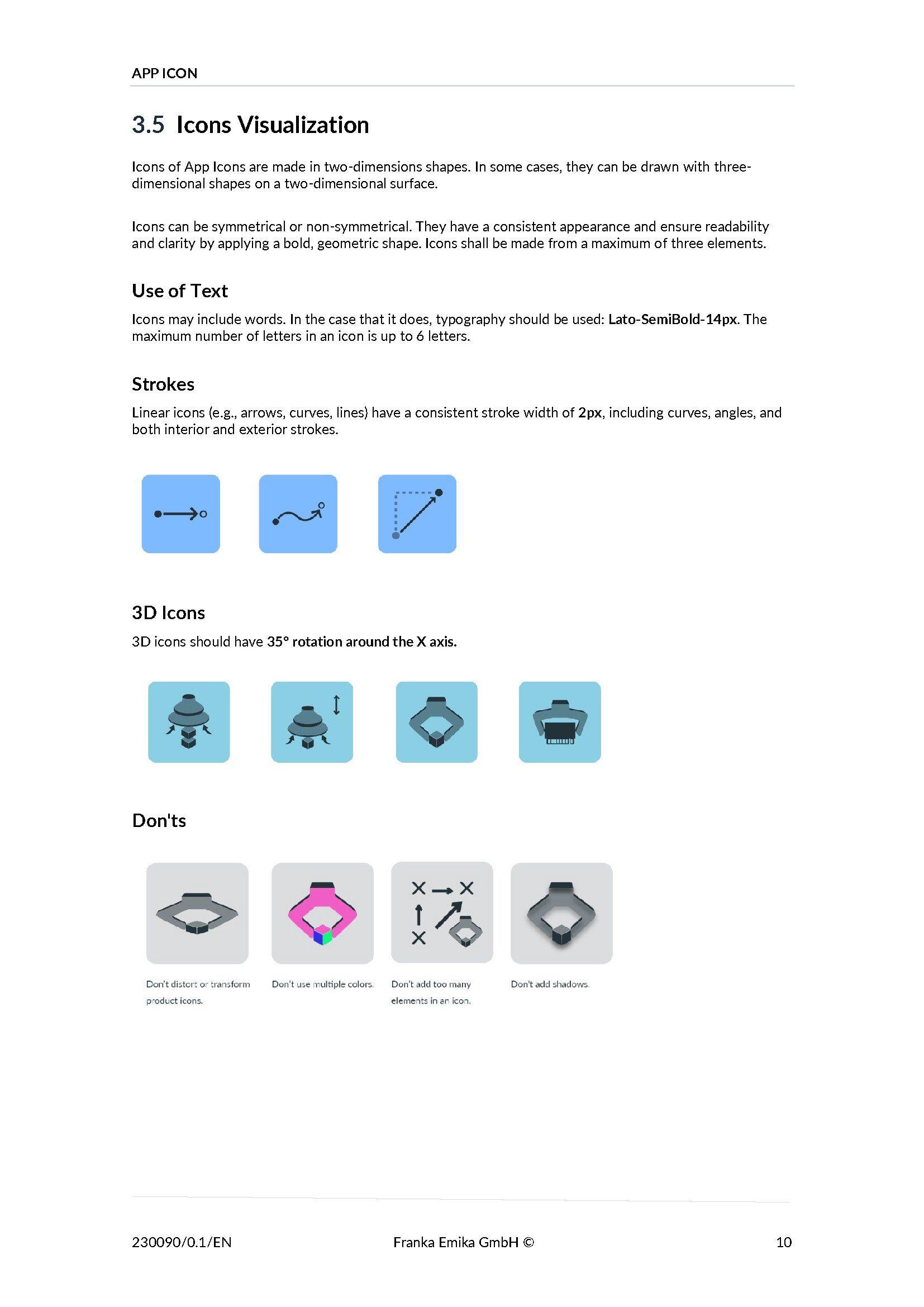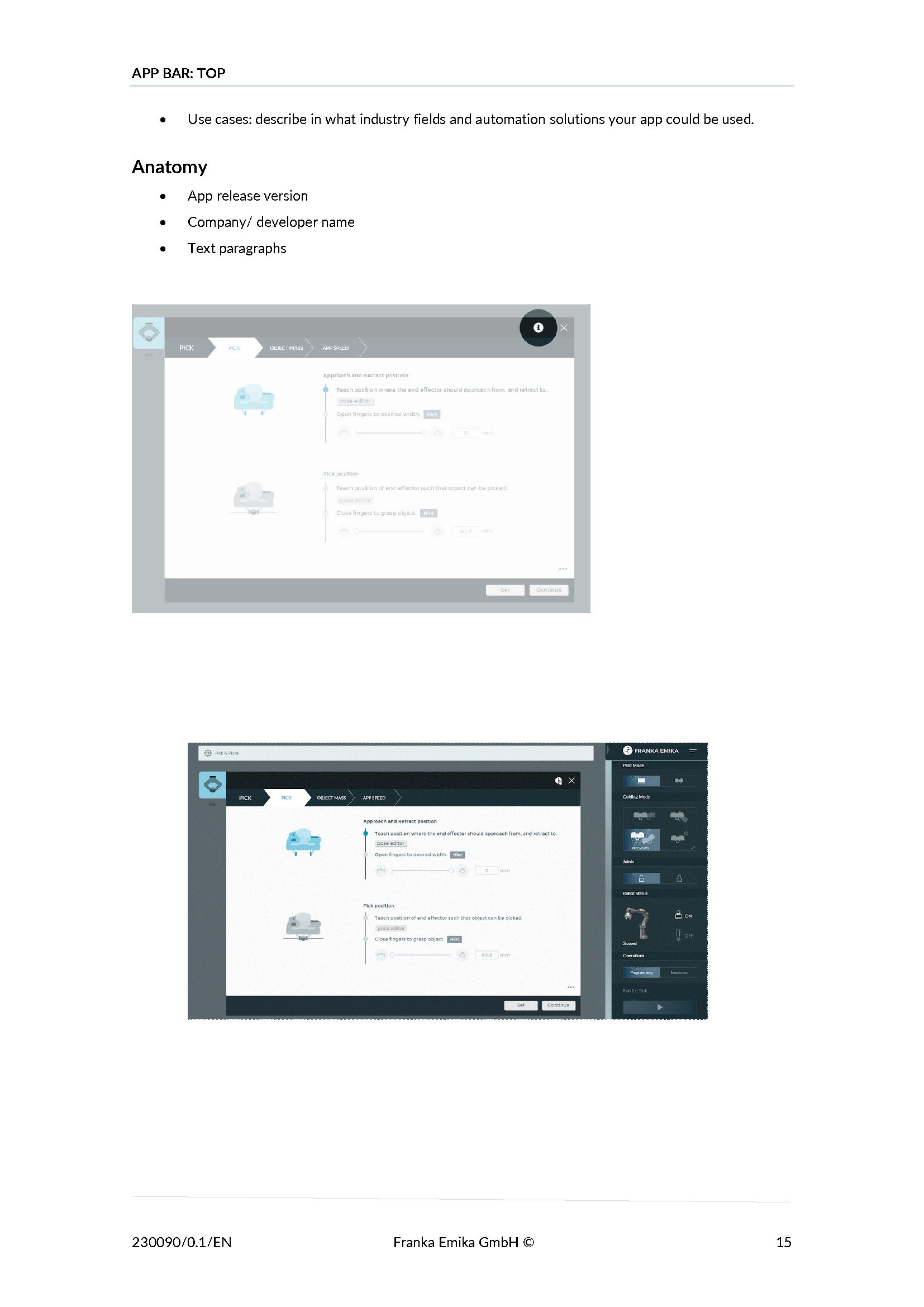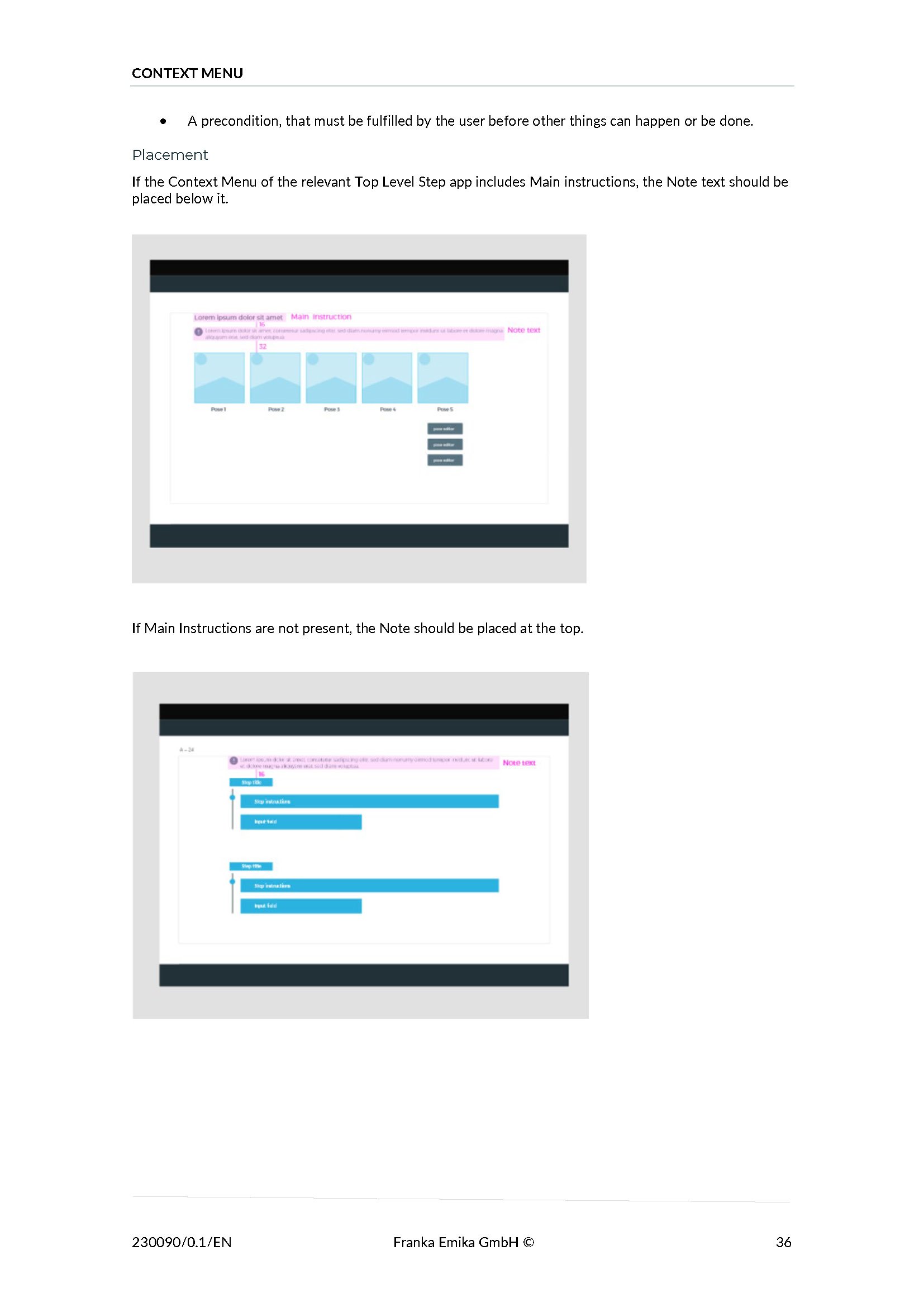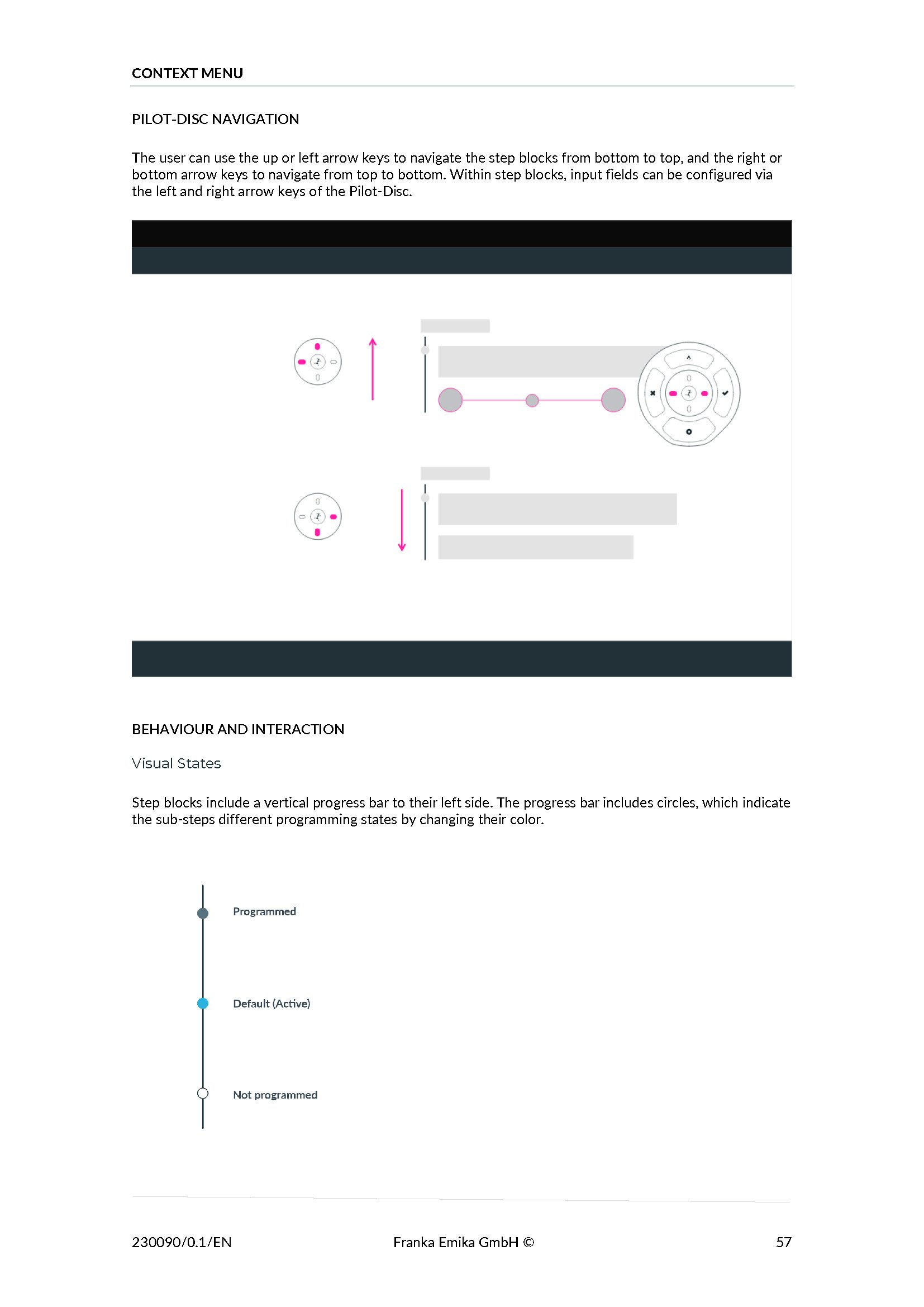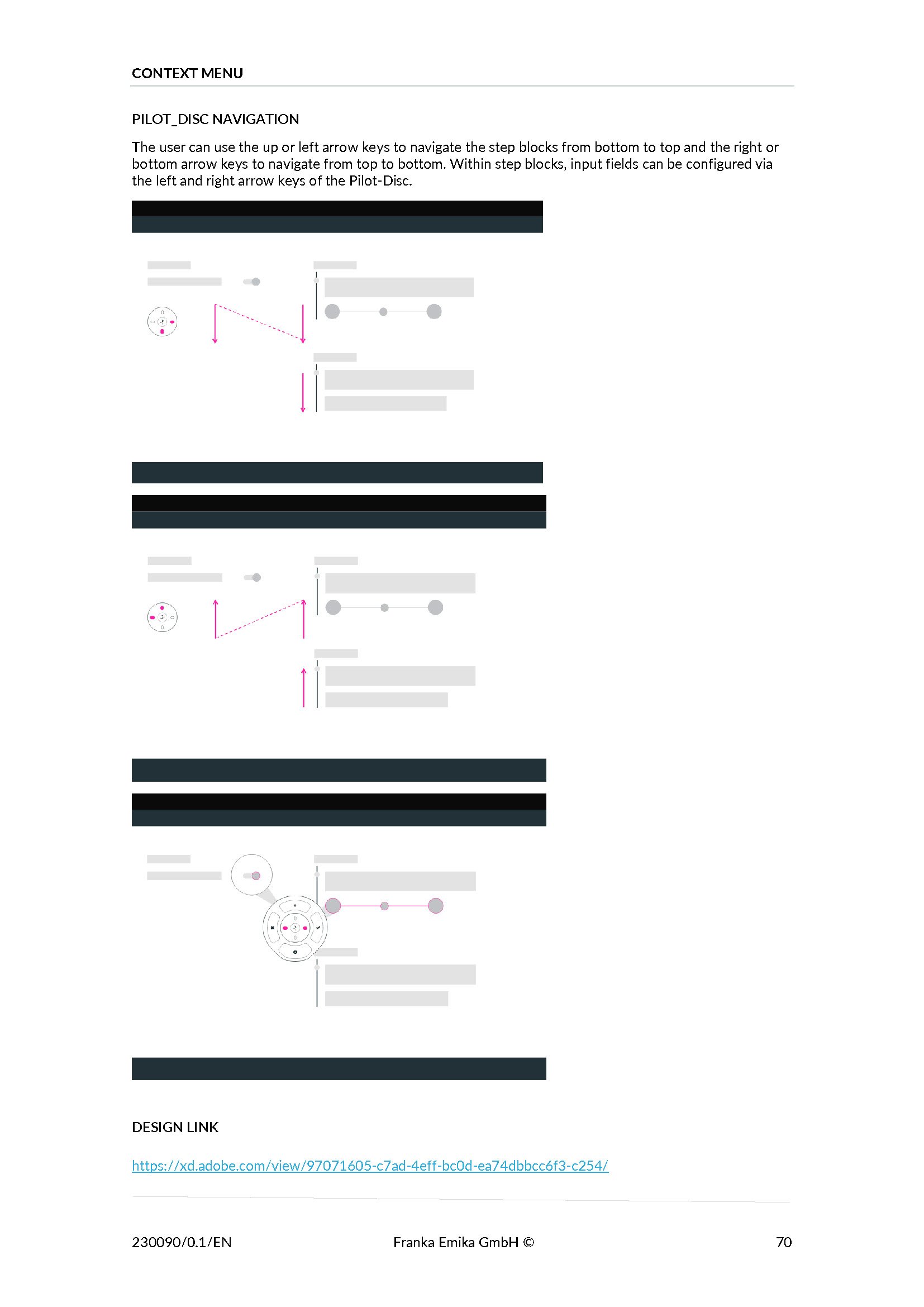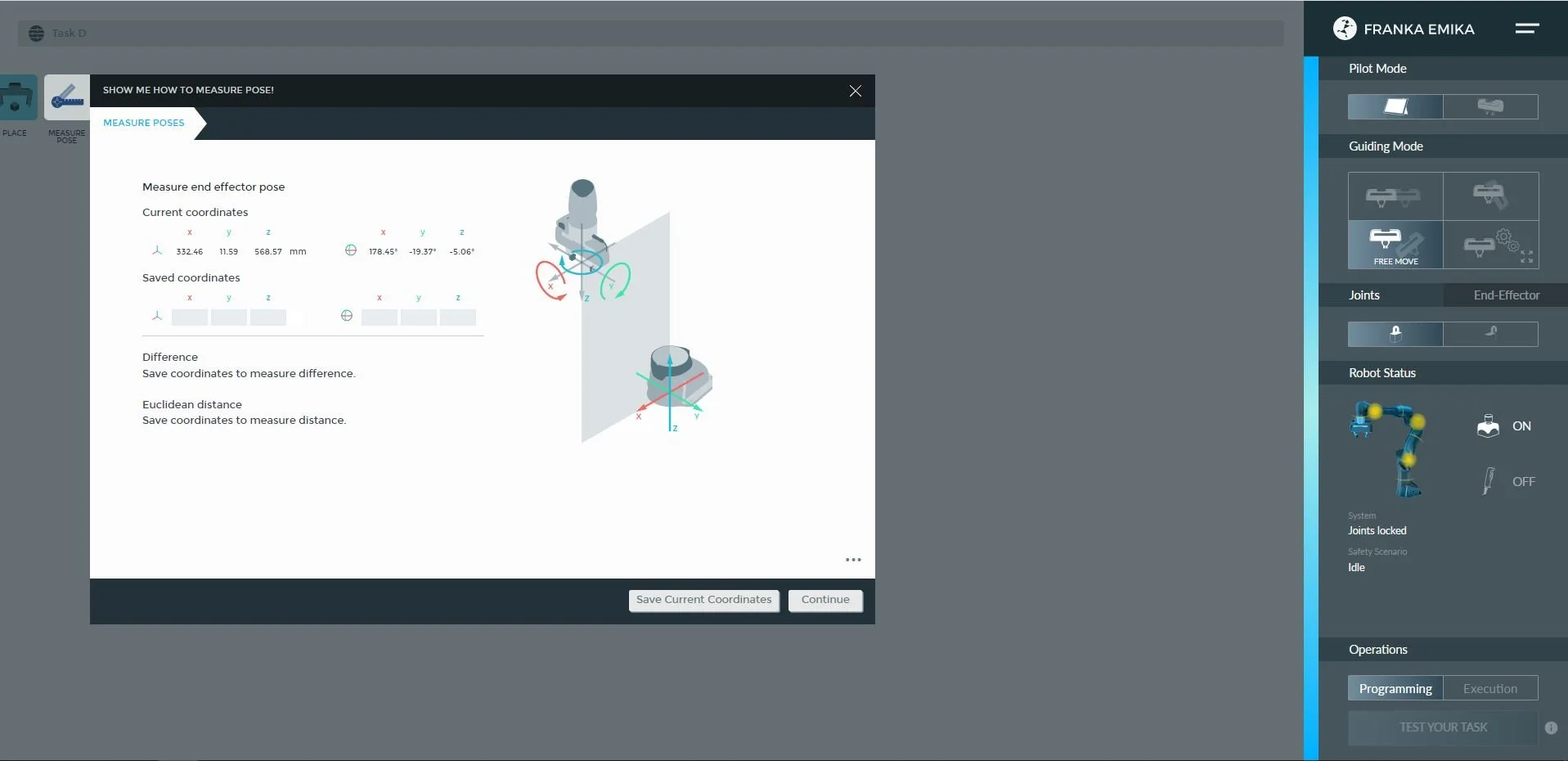A UNIFIED APP DESIGN GUIDLINE FOR ALL.
What & Why
Having an app design system helped the company and external developers maintain a more consistent and user-friendly experience across the applications. It streamlined collaboration between teams, reduces design inefficiencies, and makes development more efficient. Over time, this leads to faster workflows, improved product quality, and a more scalable design approach.
With the app design system, collaboration between designers and developers became much smoother, reducing unnecessary back-and-forth and speeding up development by 30%. External developers onboard 50% faster. This allowed us to focus more on overall product quality and user testing, rather than minor tasks like UI checks and template fixes.
Key Responsibilities
Develop Comprehensive Design Guidelines
Establish App Categorization based on their functionalities
Build a Foundation UI Kit
Collaborate with Cross-Functional Teams
Communicate Design Solutions Effectively
Design Methodology and Techniques
Design Thinking Workshops
Heuristic Evaluation and Expert Reviews
Prototype Testing Sessions
Contextual Inquiry
Accessibility Evaluation
This Project has been done in collaboration with:
Carlo Bagnato (Design & Content Manager)
Maria Ciccarelli (UI Designer)
AUTOMATE WORKFLOWS WITH MODULAR BUILDING BLOCKS.
To automate tasks and enable robot arm programming without requiring coding knowledge, we developed a solution that allows users to program robots through a series of intuitive apps. Each movement or action required a dedicated app. To ensure consistency across the platform and maintain a cohesive look and feel, I organized the apps into categories based on their attributes and specific functions.
Our next step was to simplify the app interface, making it accessible to users of all skill levels—novice, intermediate, and expert. This design solution aimed to streamline robot programming for everyone, not just robotics experts.
Key Responsibilities
Develop the concept and design of app components.
Collaborate with product owners, managers, engineers, UI/UX designers, and developers to find the best solutions.
Communicate design progress through use cases, user stories, and final design specifications.
Create UI designs for app icons and components.
Design solutions for programming steps, instruction hierarchies, and individual components.
Define the UI style guide and design principles.
Conduct usability testing after design implementation.



Watch the videos below to see how the Apps interface works and how they interact with the robotic Arm's Pilot.

